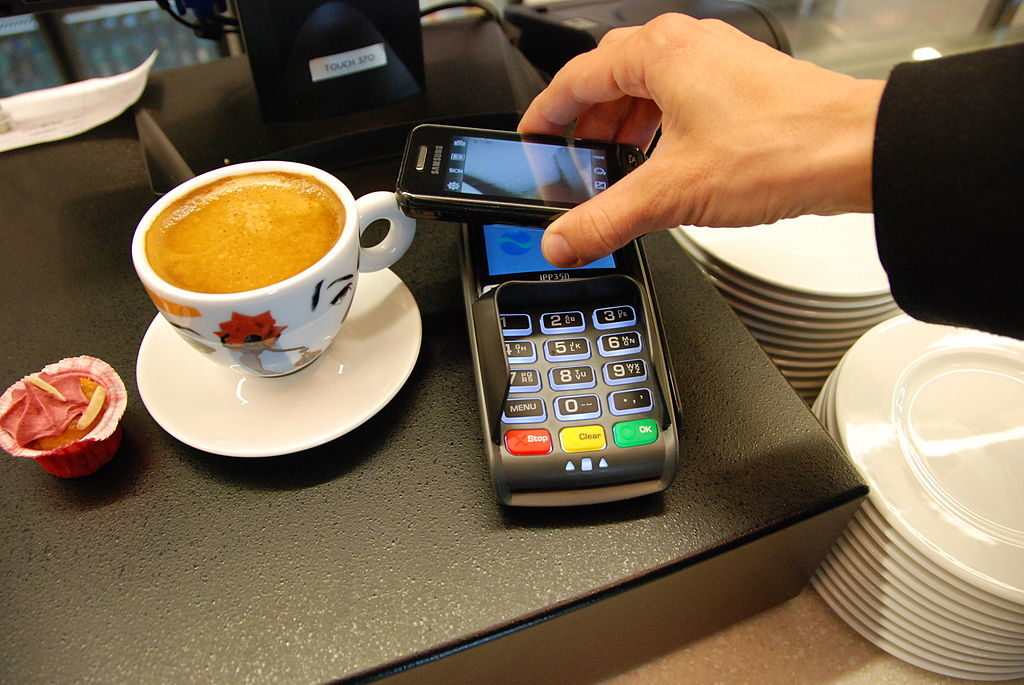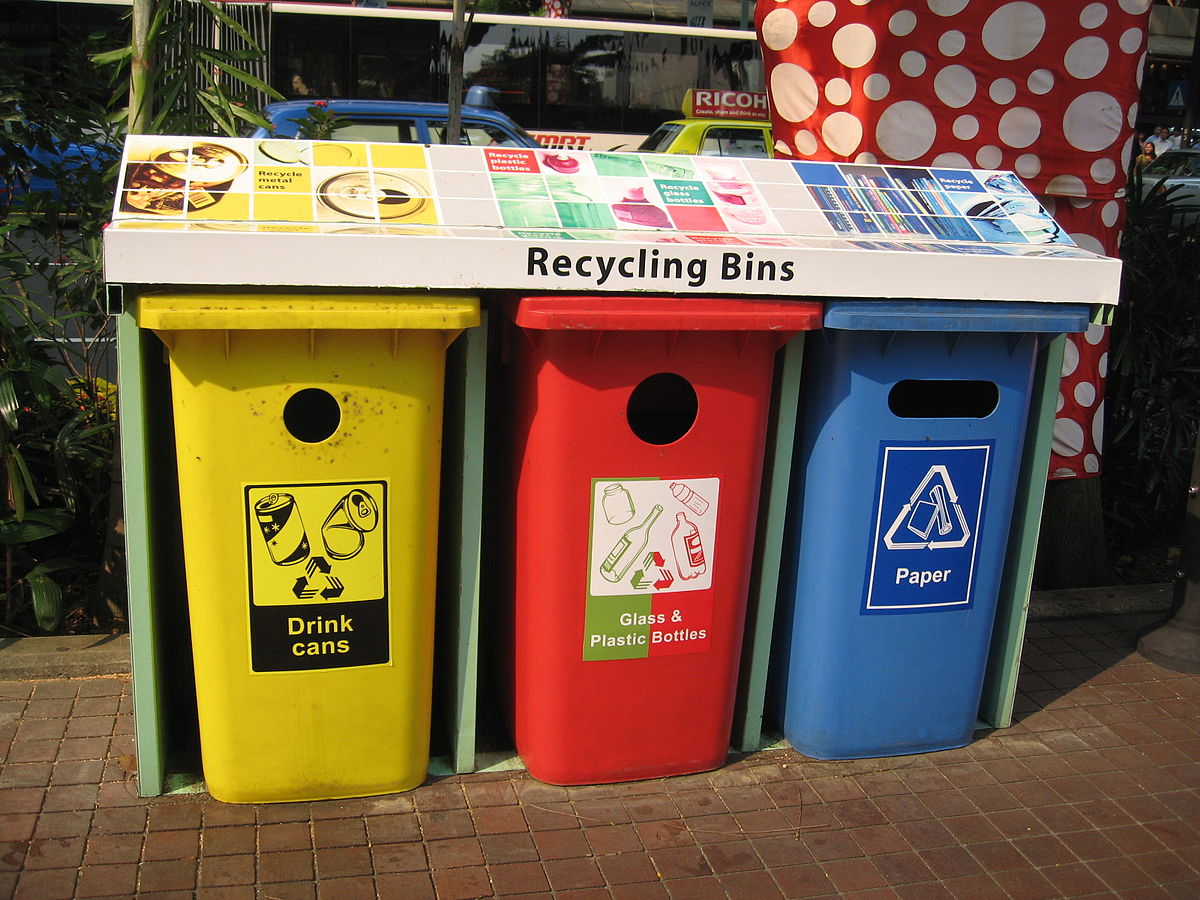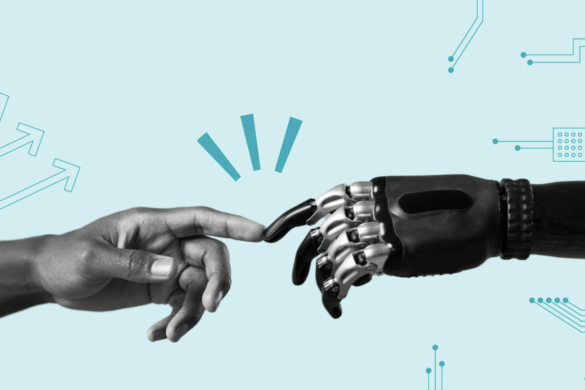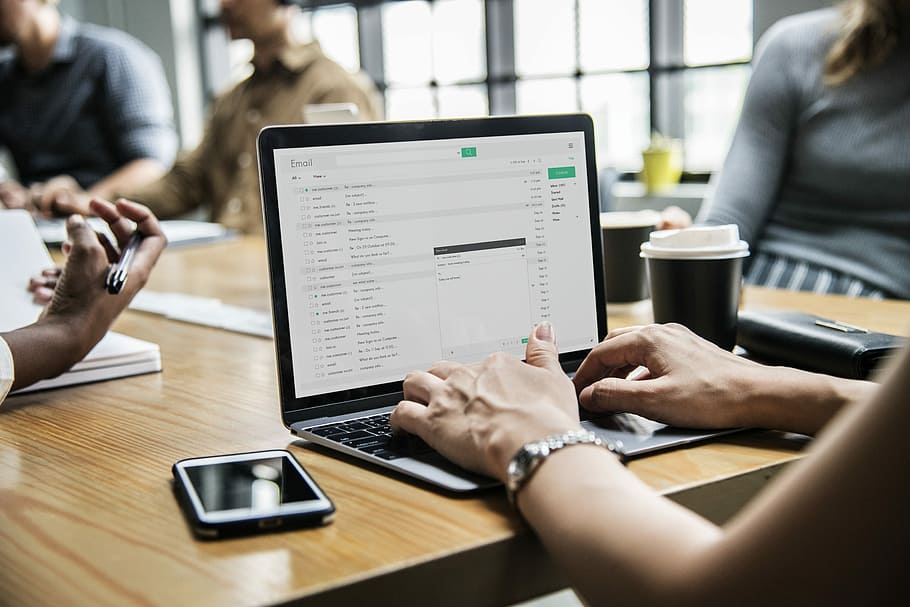
Thanks to point of sale systems, restaurants can capture orders, record data, run tickets, and a whole lot more. The #1 rated iPad POS for restaurants and bars can be used by cashiers, waiters, bartenders, managers, the kitchen, suppliers, and more.
What POS Applications Can Do
A POS has been designed to work as a cash register and a computer at the same time. A good system will include at least multiple stations, credit card terminals, receipt printers, display screens, hostess stations, and server stations. If the system is properly equipped, it can also make the entire system more convenient and accurate. This helps to save a lot of time, particularly during busy hours and fully booked restaurants. Some of the key functions and capabilities of these systems include:
-
Being able to keep records of how payments are made.
-
Being able to work out how much has to be paid for every order that is entered into the system.
-
Being able to record the average value of checks every day, as well as for each employee on the floor.
-
Being able to create real time sales reports.
-
Being able to record information and particulars in relation to repeat customers.
-
Being able to track all of the different menu items that guests purchase.
-
Being able to tell exactly how much cash is available in each of the register.
-
And more!
How to Use a POS System
Different system developers have different functions and features included in each of the POS systems they create. Generally speaking, the restaurant that will be using the POS system can indicated exactly what type of features and functions they need. Commonly, however, the steps required to properly use a POS system are:
-
Entering the user code and/or name of the employee that uses the device. That is done through a touch screen and gives them access to the area of the POS system they need.
-
A new order, or check, is created when a customer places an order, based on the menu items that they choose. Usually, this means entering the table number and ticking whatever is being ordered from the menu, which is included on the system.
-
The menu selection is sent directly to the bar and/or restaurant using a digital connection, printing the ticket ready for processing.
-
Relevant employees prepare the orders and send a message to the butler, waiter, or any other employee that will take the order to the guest.
-
The check is created at the table, and customers can pay through the POS system, using cash or credit/debit cards.
POS systems are incredibly reliable, 100% accurate, and very quick. This has enabled restaurant businesses to become far more efficient, and therefore also far more profitable. It is no surprise, therefore, that restaurants all over the country are now installing them in their establishments. Staff doesn’t have to walk backwards and forwards to the kitchen, orders don’t get lost or mislaid, payments are made on the spot, and more.
Photo by HLundgaard on Wikimedia Commons








